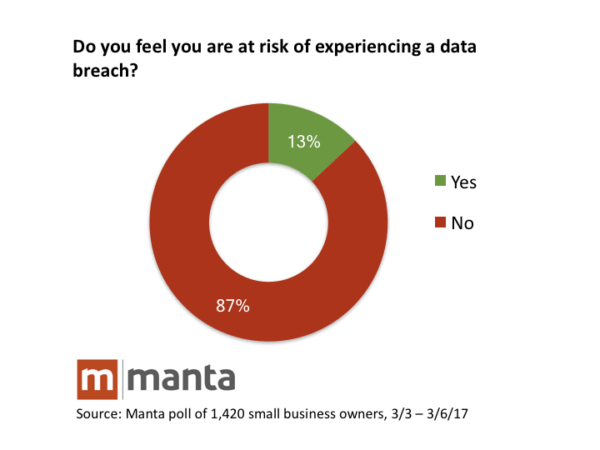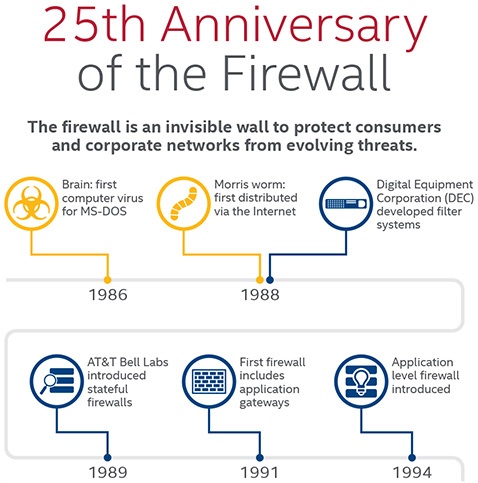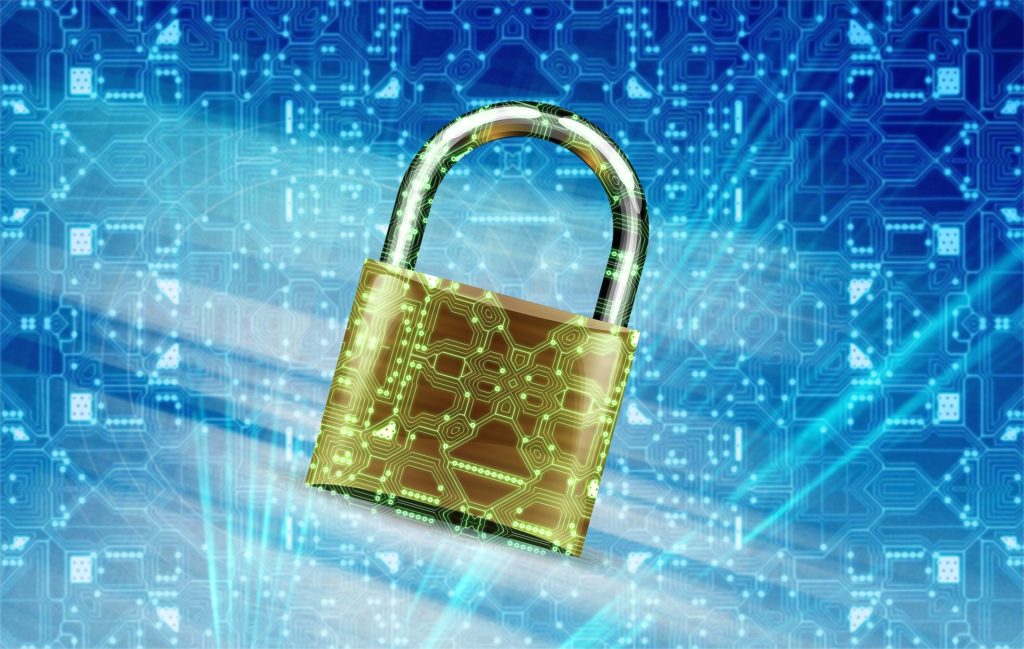If you’re the owner of a small to medium-sized enterprise, then you probably have a website. Most businesses couldn’t function, let alone succeed, without an online presence. Maybe you even act as your own webmaster, and you do everything you can to ensure that your website is content rich and filled with vital information for your customers.
However, how often do you think about cybersecurity? Perhaps you assume that your business is small enough that it isn’t vulnerable to attack. It just seems that hackers would be more likely to go after larger businesses that have more assets and larger customer databases.
Unfortunately, this just isn’t true. Studies have shown that small businesses are far more likely to be attacked than large businesses. This is true for several reasons. For instance, hackers tend to believe that small companies are less likely to have robust security measures in place. Additionally, they think that smaller businesses won’t have the resources to detect a breach until well after the damage has been done. In addition, small companies are simply more numerous than large ones.

Despite this, small business owners tend to overwhelmingly believe that they are not vulnerable to a cyber attack. At the same time, the Small Business Administration estimates that one-quarter of businesses that are shut down by this type of disaster never reopen. You owe it to yourself to improve your website’s security.
1. Get a Firewall
A firewall is your website’s first line of defense. For more than a quarter of a century, businesses have used firewalls to keep threats at bay. Think of a firewall as a guardian that monitors all traffic on your network. That guardian has the ability to keep potentially hazardous elements out while keeping your sensitive information safe.

Early firewalls were usually proxy firewalls that offered a secure gateway between networks. Stateful inspection firewalls were next, and they are still widely used. These firewalls make decisions based on rules that the administrator defines. Unified threat management firewalls are even more robust, using stateful inspection and tools to prevent viruses and intrusion. The most popular, and newest, firewalls are called Next-generation, or NGFW. These package firewalls do it all, including protecting your system from malware and advanced application attacks. Your website’s firewall, and its efficacy, can go a long way toward protecting your website from a cyber-attack.
2. Make Certain that WiFi is Secure
Ideally, the only people who can access your network are those who are authorized to do so. This typically means that only employees can use it. Many companies do not act quickly enough to secure their WiFi. This can mean that they suffer an attack even before they realize that they are vulnerable.
One of the most frequent mistakes that business owners make is failing to change the passwords on their WiFi equipment after installation. These generic passwords may be hard for the average person to figure out, but they aren’t much of a challenge to hackers. Change passwords immediately after installation for optimum security from the beginning.
If you periodically have guests, customers, or visitors who need to use WiFi in your offices, do not provide them with access to your company’s WiFi. Set up a separate network for guests instead. This network has a different name and password, and people who access it will not have access to confidential company files.

3. Back Up Everything
No one wants to admit that a disaster could happen at any time. A major storm, an act of God, a massive cyber attack, and other events may disrupt your operations and put critical files at risk. While it may make sense to have your client list on your desktop, this should not be the only place that it is stored. Whether you use a cloud or other backup plan, make certain that your data is regularly transferred to this off-site location. Things that you might want to consider backing up include human resources files, all databases, any financial files. and any other files containing accounts receivable and accounts payable data. Ideally, your entire system would get backed up on a routine basis.
4. Use Strong Password Protection
Frequently changing passwords, especially when they are at least eight to 12 characters in length, is a pain. Employees hate having to come up with new passwords and they are bound to grumble about it from time to time. However, when you consider the alternative, a little grumbling is a small price to pay.
The stronger and more complex a password is the harder it is to crack. Long gone are the days when people could use the name of their first-grade teacher as a password. These days, it’s better if passwords have about 16 characters consisting of upper- and lower-case letters, numerals and special symbols.
If your employees are unhappy about having to remember all of those passwords, consider using a password management service. Some of these are available for free, and they can take much of the hassle out of remembering a 16-character password composed of nonsense digits.
5. Choose a Web Host that Specializes in Small Businesses
A good web host provides you with excellent uptime and has incredibly reliable servers. This means that your website is up and running at least 99.99 percent of the time. That is a critical metric for success, but all of that uptime doesn’t mean much if your website isn’t as secure as it could be.
Choose a web host that is familiar with the needs of small to medium-sized enterprises. They will be accustomed to meeting the needs of other companies that are similar to yours, so chances are good that they will already be able to offer you an arsenal of weapons designed to protect your hard work. Plus, you’ll get other perks like 24/7 tech support so that if anything goes wrong day or night, your web host will be there to help.
- Navigating Cybersecurity Complexity - July 18, 2025
- AI Voice Clones and Mobile Phishing: The Cyber Threats You’re Not Ready For - July 11, 2025
- Rethinking Cloud Security for the Evolving Threat Landscape - July 11, 2025




Nice content. Thanks for sharing .